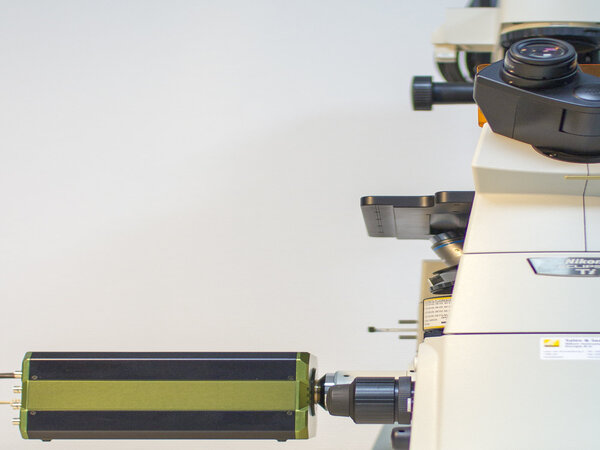FRET (Fluorescence Resonance Energy Transfer) is a technique used to measure molecular interactions and distances between fluorophores within a biological system. FRET occurs when the excited state energy of a donor fluorophore is transferred to an acceptor fluorophore through dipole-dipole coupling. This transfer results in a decrease in fluorescence intensity of the donor fluorophore and an increase in the fluorescence intensity of the acceptor fluorophore. By measuring the change in fluorescence intensity of the donor and acceptor fluorophores, it is possible to calculate the distance between them, which can be used to study protein-protein interactions and conformational changes. FRET is commonly used in cell biology and biophysics research.
Phone
+91-9310249352 / +91-8605504814
+91-9310249352 / +91-8605504814
FRET

